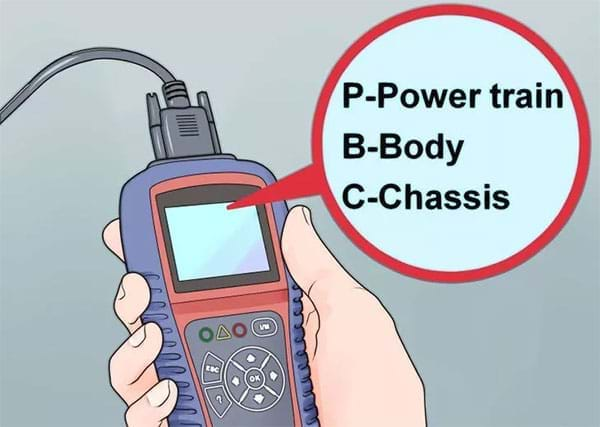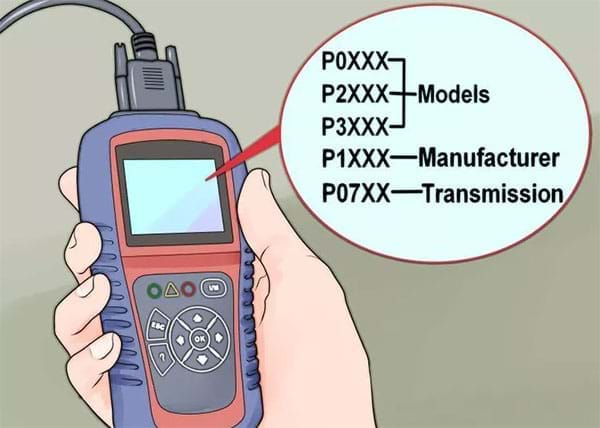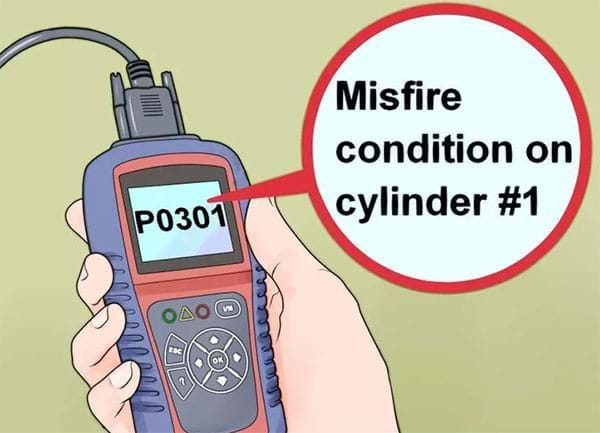How to Understand OBD Codes
2017-01-17 10:01:00How to Understand OBD Codes

1、Learn what the letter means. Each code will start with a letter which designates what system the code is referring to. There are several letters that you may see, though you may have to move to different menus to see them:P - Powertrain. This covers the engine, transmission, fuel system, ignition,emissions, and more. This is the largest set of codes.
B - Body. This covers airbags, seat belts, power seating, and more.
C - Chassis. These codes cover ABS, brake fluid, axles, and more.
U - Undefined. These codes cover other aspects of the car.[1]

2、Learn what the numbers mean. P0xxx, P2xxx, and P3xxx are all generic codes that apply to all makes and models. P1xxx codes are manufacturer specific, such as Honda, Ford, Toyota, etc. The second number tells you what subsystem the code refers to. For example, P07xx codes refer to the transmission.The last two digits are the specific problem that the code refers to. Check a code chart online for details on each specific code.

3、Read an example code. P0301 indicates a misfire condition on cylinder #1. The P indicates it's a powertrain code, the 0 indicates that it is a generic or universal code. The 3 means the area or subsystem is an Ignition System code.[2]The 01 indicates it's a cylinder specific problem, in that there is a misfire condition in the number 1 cylinder. It could mean that the spark plug, plug wire or dedicated ignition coil are worn out or that there is a vacuum leak near the cylinder.A code does not tell you what component is defective; it only points to or indicates that a component, its circuit, or its wiring/vacuum control are malfunctioning. The code may be the symptom of a malfunction caused by a completely different system.
4、Diagnose your vehicle. The proper diagnosis of OBDII codes takes years of training and practice. For example, a weak battery or worn out alternator can set five or more codes in systems that are perfectly normal. Before attempting repairs, understand that the codes alone will not tell you what parts need to be replaced or what repairs need to be made.If you are unsure of what you are doing, take your car to an ASE Certified Master Technician with the L1 Advanced Engine Performance Diagnostic certification, or you could end up wasting a lot of time and money.
5、Reset your Check Engine Light. If you’ve made your repairs, or simply don’t want to see your Check Engine Light for a while, you can reset it using most OBD scanners. The light will turn off until the car has been driven a certain amount of time (this varies from manufacturer to manufacturer).You can reset the Check Engine Light from the main menu of most scanners. It is also referred to as a CEL.
More from Other product:OBD Diagnostic Scanner or ELM327.
More from skype:autodiag.tech



